Editor's note: The Standing Committee of the Central Steering Committee on preventing and combating corruption, waste and negativity agreed to put 4 cases and incidents with signs of waste under monitoring and direction, namely the project of the Operation and Trade Center Building, Vietnam Cement Corporation (Vicem); the Hoi Xuan Hydropower Project, Thanh Hoa Province; the project to build the headquarters of the Ministry of Foreign Affairs; Sub-project 2 (Lim - Pha Lai), part of the Yen Vien - Pha Lai - Ha Long - Cai Lan railway project. These are all projects that have lasted for many years, are unfinished/only partially completed, and show signs of serious waste. VietNamNet reviews the investment process of these projects. |
Losses are hard to measure
Sharing with PV.VietNamNet , Lawyer Truong Anh Tu, Chairman of TAT Law Firm, pointed out the fact that there are many unfinished and abandoned projects across the country, causing waste, such as projects in Hanoi, the land plot at 8-12 Le Duan, 2-4-6 Hai Ba Trung (HCMC) or at Saigon Agricultural Corporation (Sagri).
“It is clear that there is a financial waste. Thousands of billions of dong are buried in unfinished projects, which means losing the opportunity to reinvest in more urgent areas. Not only the initial investment, but the opportunity cost is also an immeasurable loss,” said Mr. Tu.
In addition, a number of abandoned projects in prime locations in Hanoi show inefficient land use. These areas could have generated huge economic value if properly exploited. But instead of realizing their potential, many of the land plots have become abandoned and degraded over time.
In addition, this person also acknowledged that such long-term projects raise concerns about the management capacity of investors, transparency in implementation and responsibility of related individuals and organizations.
“The above consequences not only affect the project itself but also impact public trust in state-owned enterprises in managing public capital and assets,” said lawyer Truong Anh Tu.
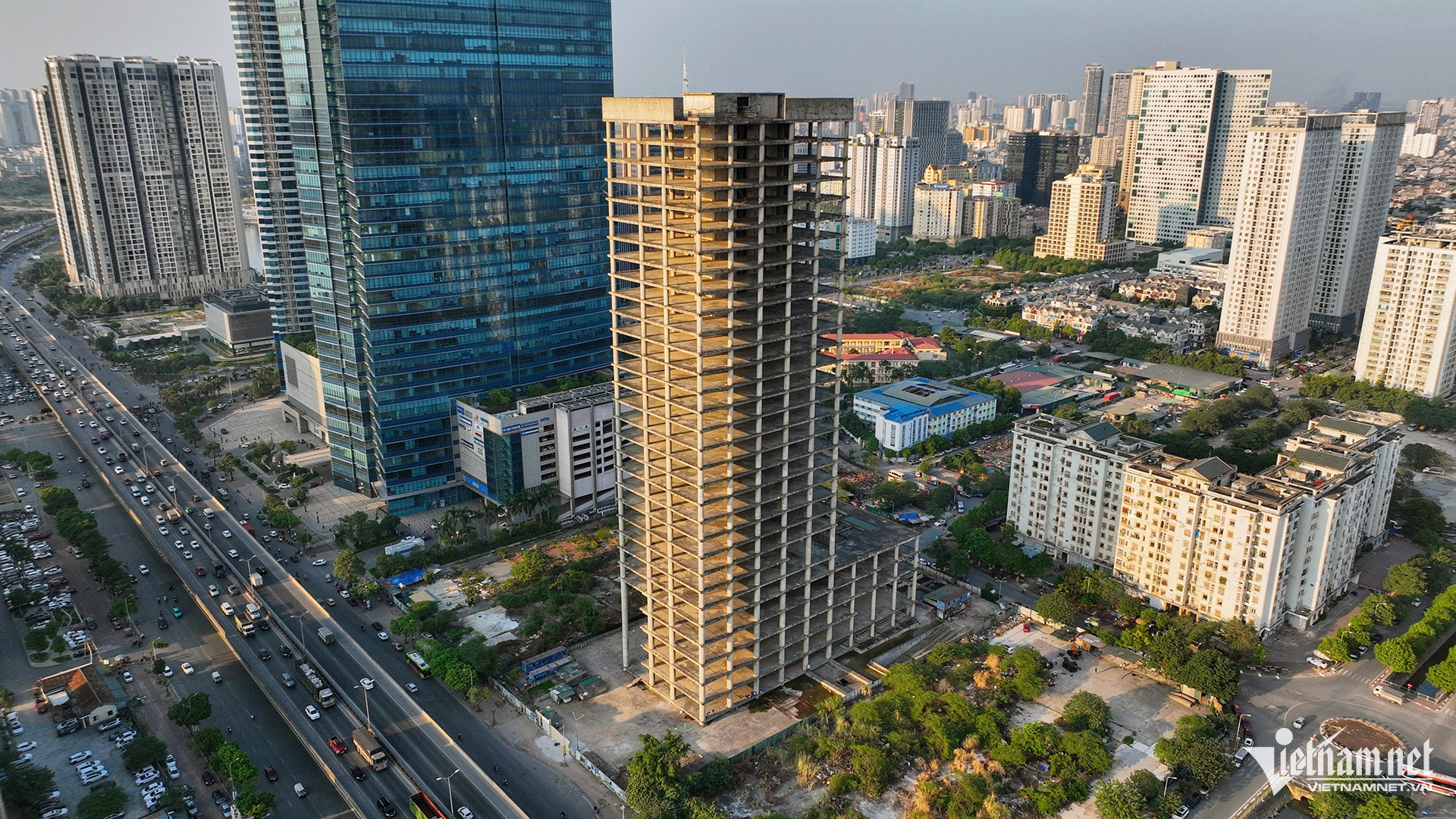
According to Mr. Tu, one of the biggest risks when dealing with stalled projects is the divestment or transfer of capital without transparency. In many previous cases, public assets were acquired at lower prices than the actual price through uncompetitive transactions, leading to huge losses for the state.
Lawyers outline important principles to avoid mistakes from transparent pricing, public auctions to liability review.
“The principle of transparent valuation, if deciding to divest, requires the participation of independent appraisal units, ensuring that the asset value is accurately determined according to market price. As for public auction, it must ensure that the project transfer is carried out through public auction, with the supervision of competent authorities to prevent group interests,” Mr. Tu analyzed.
This lawyer affirmed: If the divestment process is not strictly controlled, state-owned enterprises can easily fall into a spiral of legal disputes and risk of asset loss.
It's not just about figuring out how to tackle a single project.
Judging from the legal and practical basis, according to lawyer Truong Anh Tu, there are three feasible approaches to resolve the situation of unfinished projects while still ensuring legal and financial factors.
The first is to continue implementing with a strategic partner. If the project still has potential, the investor can cooperate with an investor with financial capacity and experience to complete the project. This is the least risky option and can still bring benefits to all parties.
The second direction is controlled divestment. That is, in case the investor wants to withdraw, it is necessary to organize a public auction, ensuring that the assets are priced close to their actual value, avoiding cheap sales to interest groups.
Another option is to renovate the function. Accordingly, if the plan to continue developing is not feasible, it is possible to consider changing the purpose of use to exploit it more effectively, instead of letting the project continue to deteriorate.
“Whatever option is chosen, it is important to have a clear strategy and determination to implement it, avoiding the situation of dragging on for many more years without a specific solution. The core issue is not only finding a way to handle a single project, but also establishing a more transparent and strict management mechanism for projects using state capital,” lawyer Truong Anh Tu emphasized.
Source: https://vietnamnet.vn/du-an-nghin-ty-dap-chieu-nhieu-nam-dau-la-loi-thoat-2382819.html




![[Photo] Moment of love: Myanmar people are moved to thank Vietnamese soldiers](https://vstatic.vietnam.vn/vietnam/resource/IMAGE/2025/4/3/9b2e07196eb14aa5aacb1bc9e067ae6f)
![[Photo] Special relics at the Vietnam Military History Museum associated with the heroic April 30th](https://vstatic.vietnam.vn/vietnam/resource/IMAGE/2025/4/3/a49d65b17b804e398de42bc2caba8368)
![[Photo] Comrade Khamtay Siphandone - a leader who contributed to fostering Vietnam-Laos relations](https://vstatic.vietnam.vn/vietnam/resource/IMAGE/2025/4/3/3d83ed2d26e2426fabd41862661dfff2)



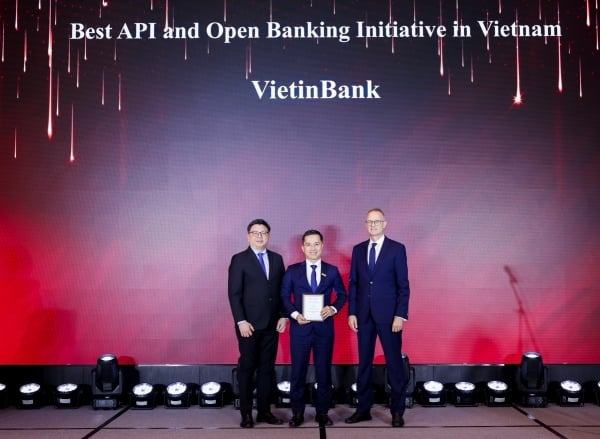



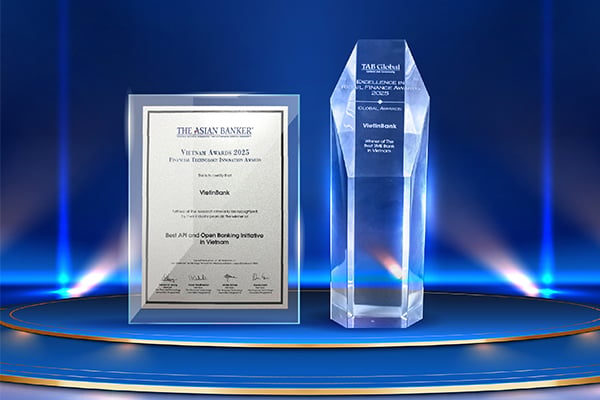




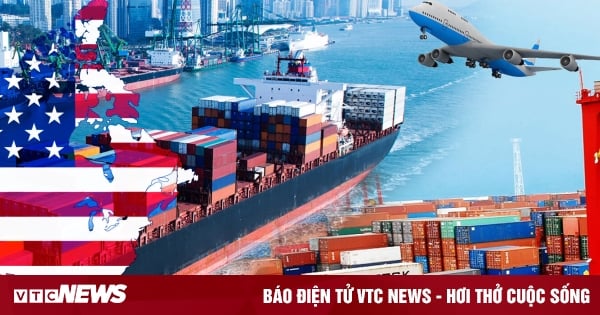


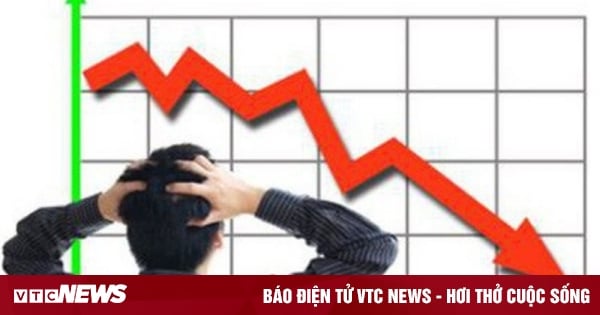
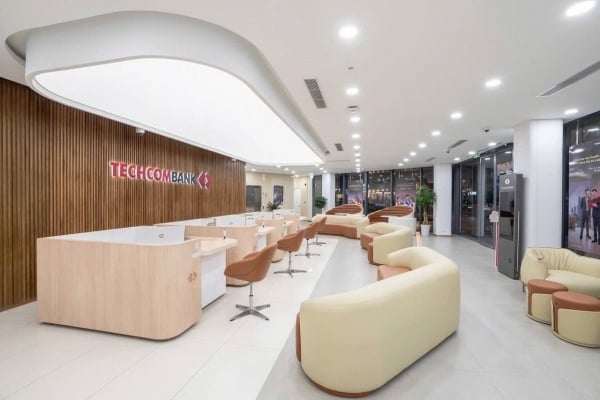





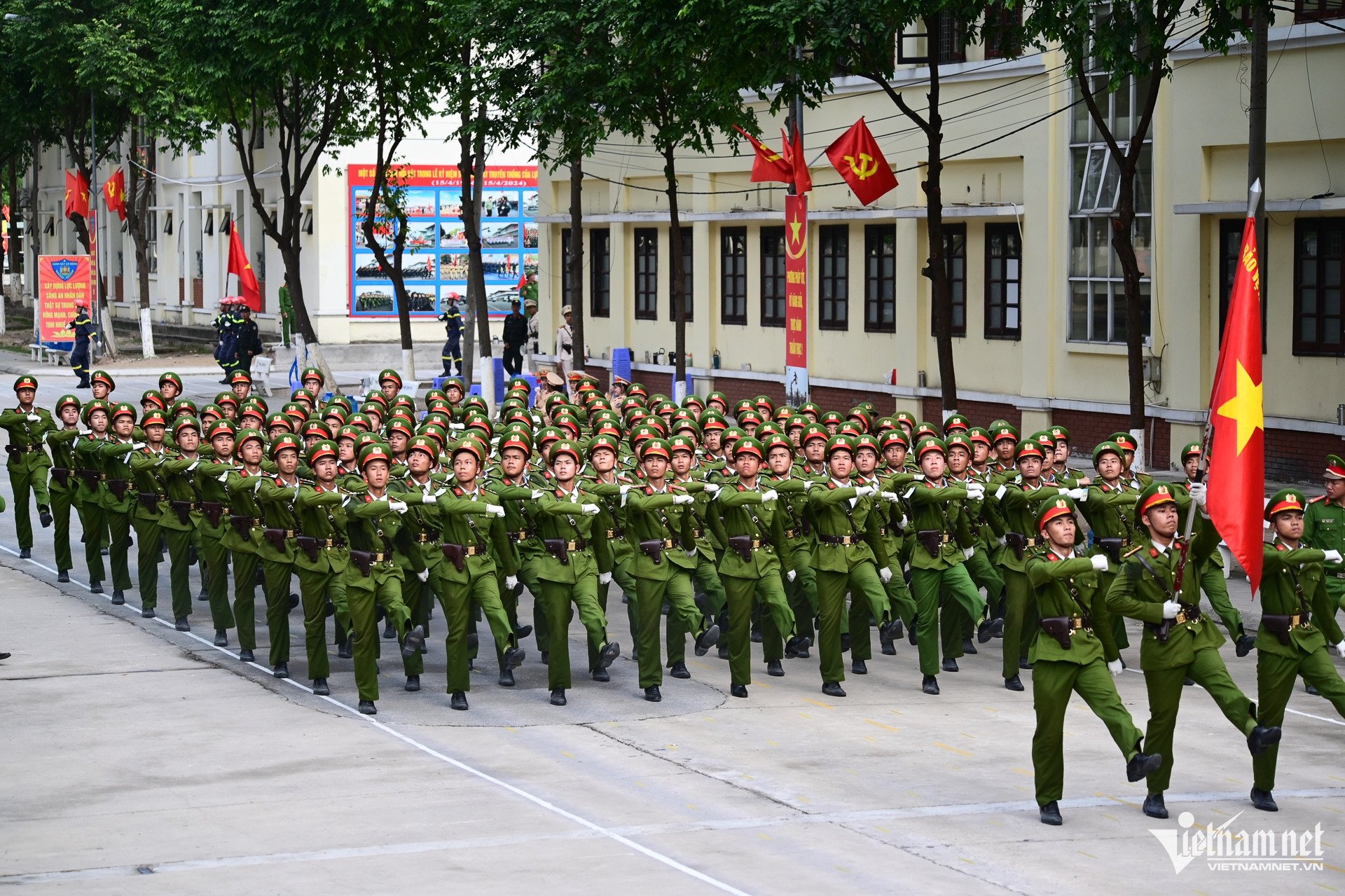
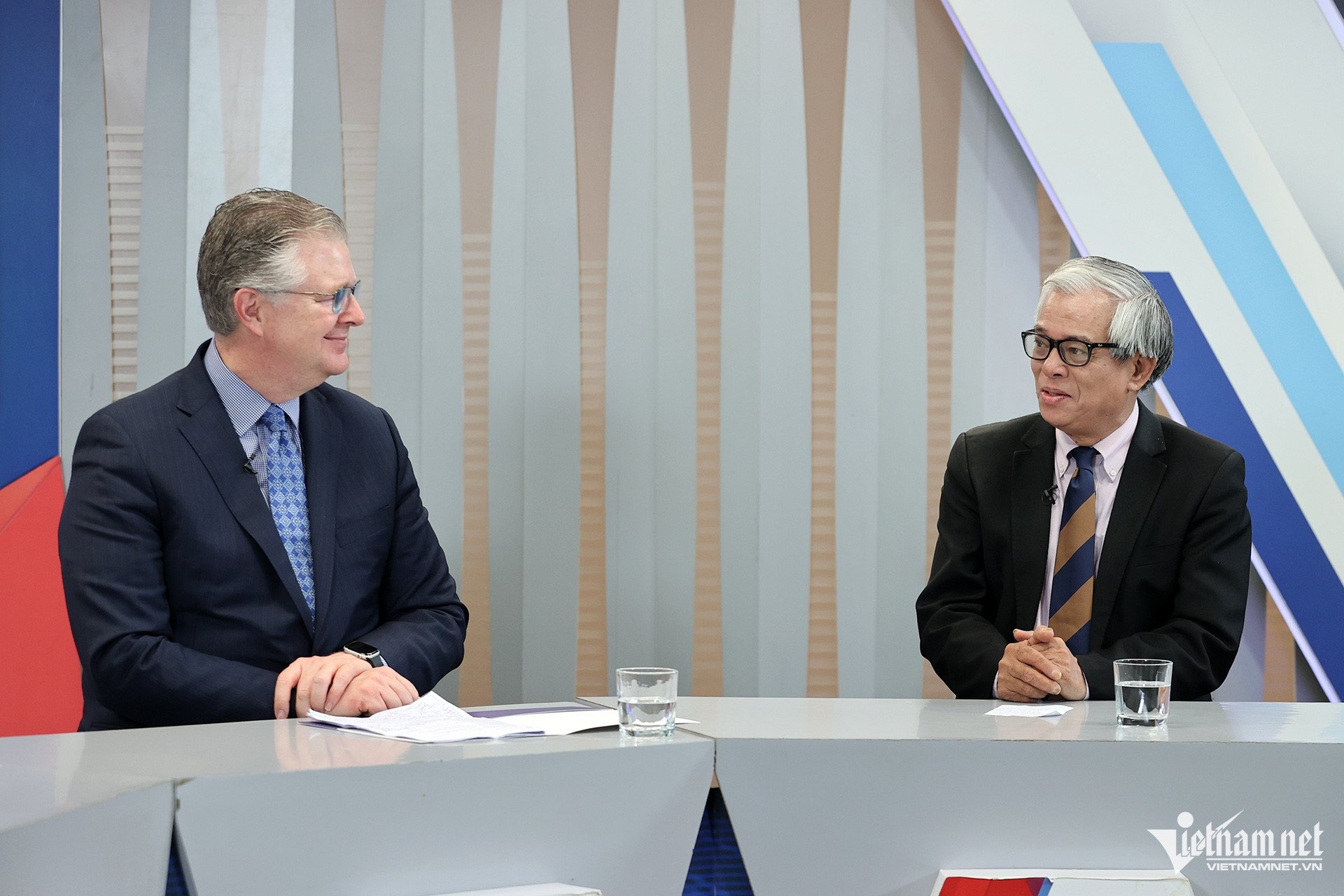
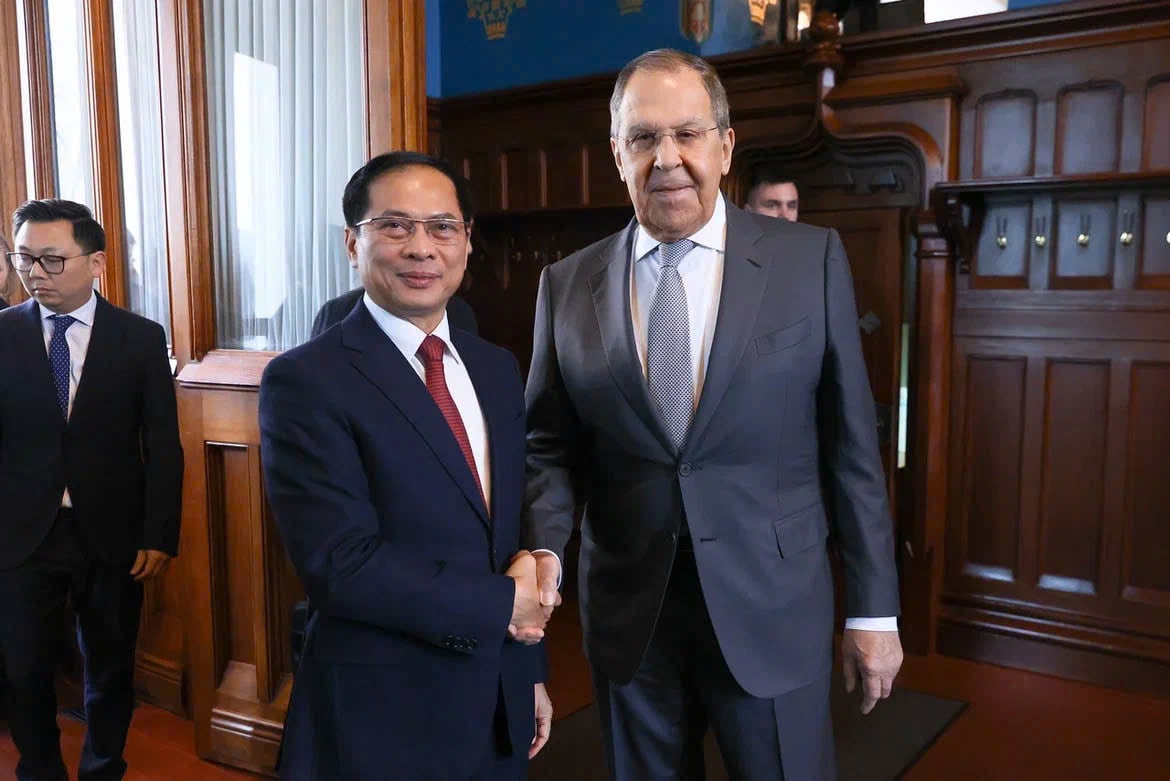
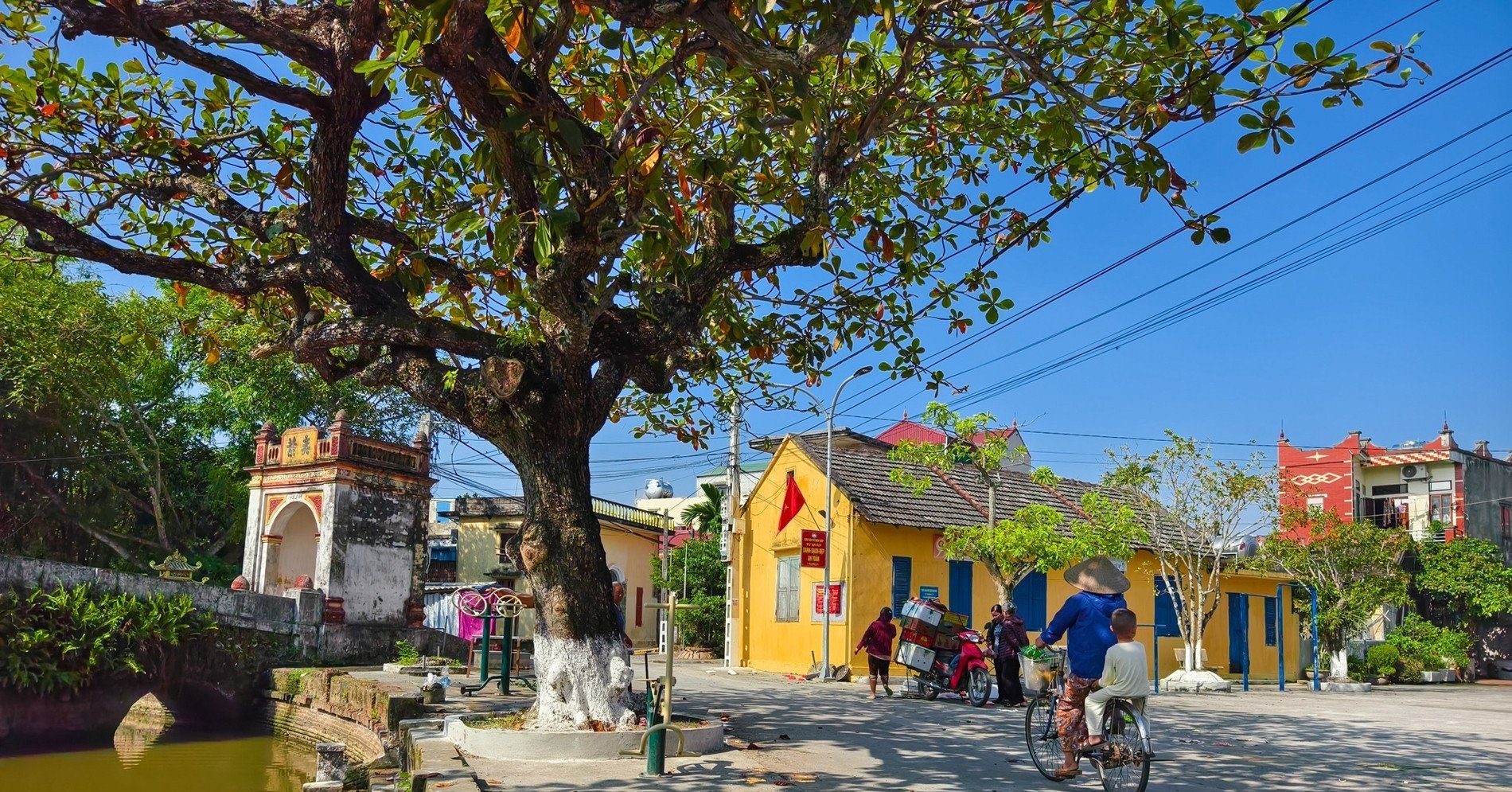
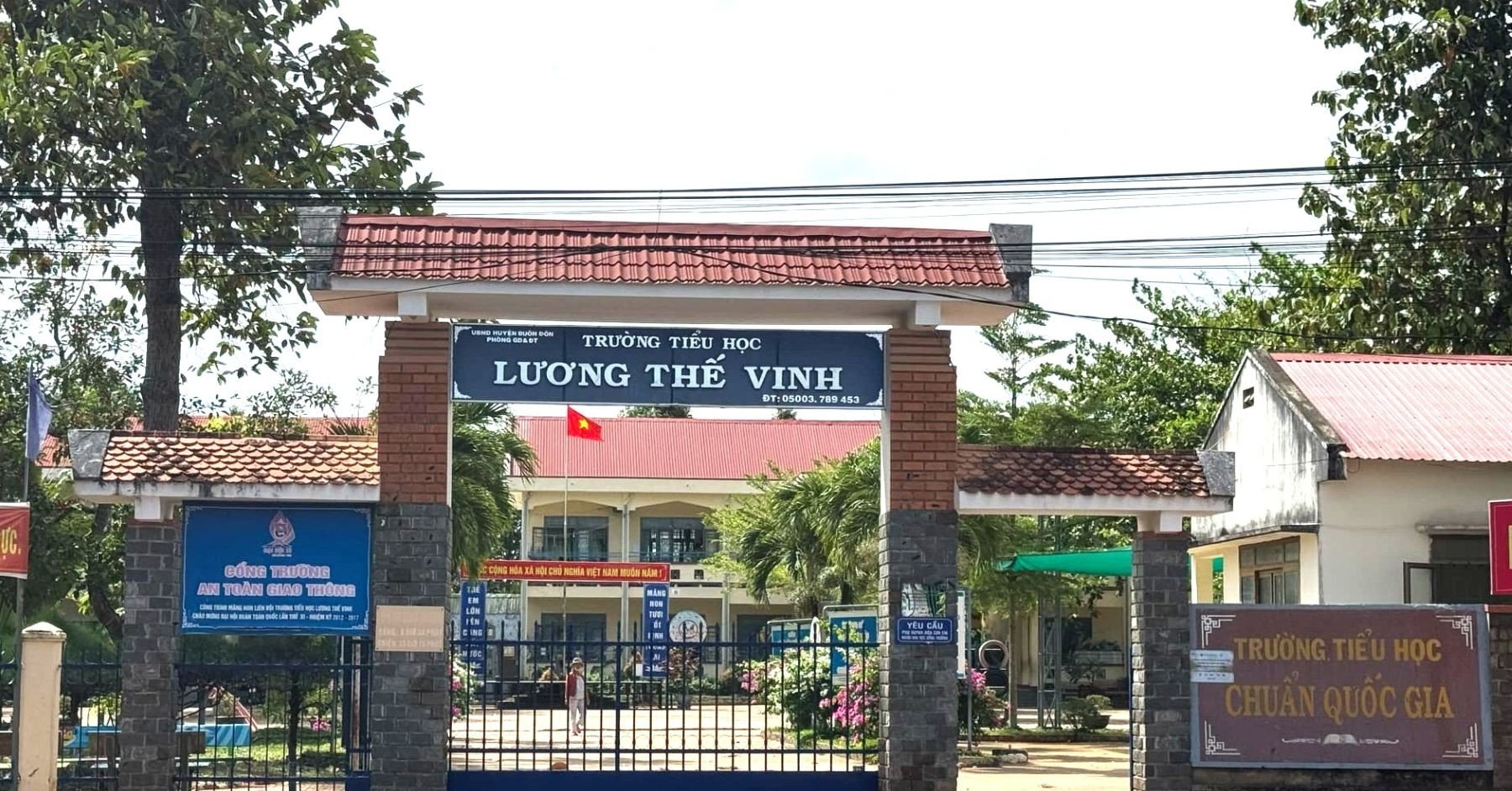




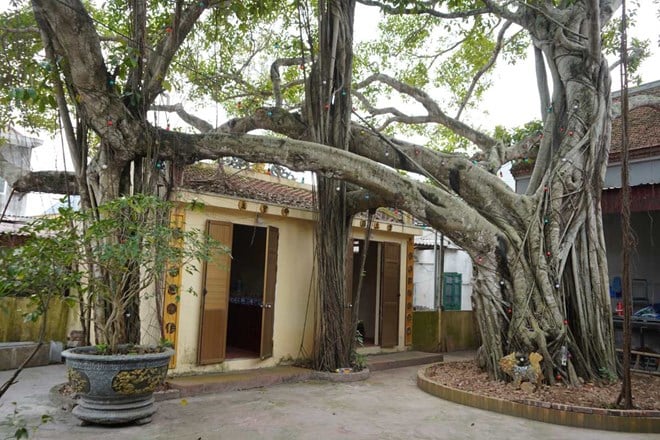

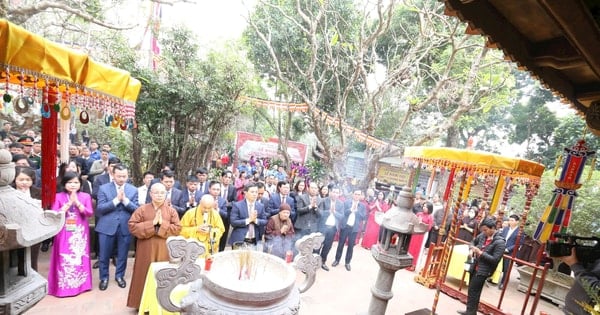



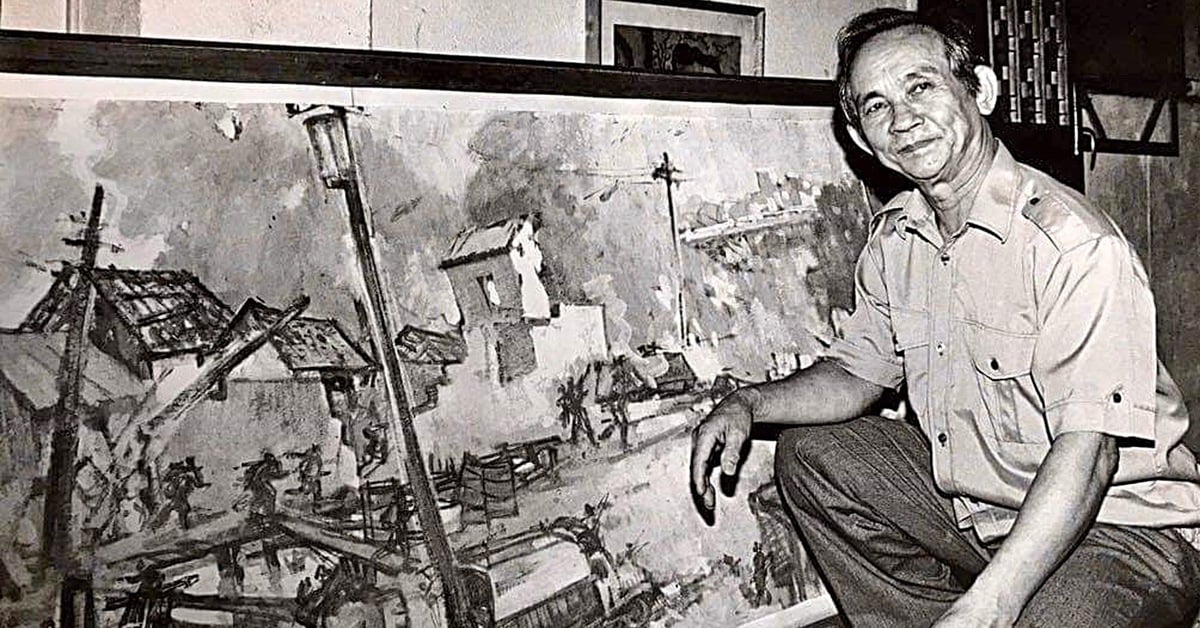

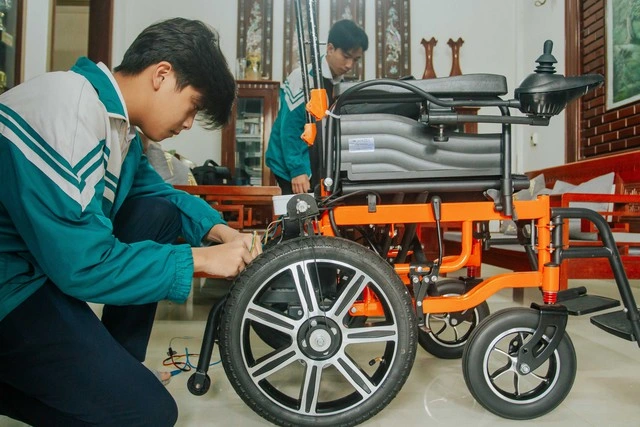
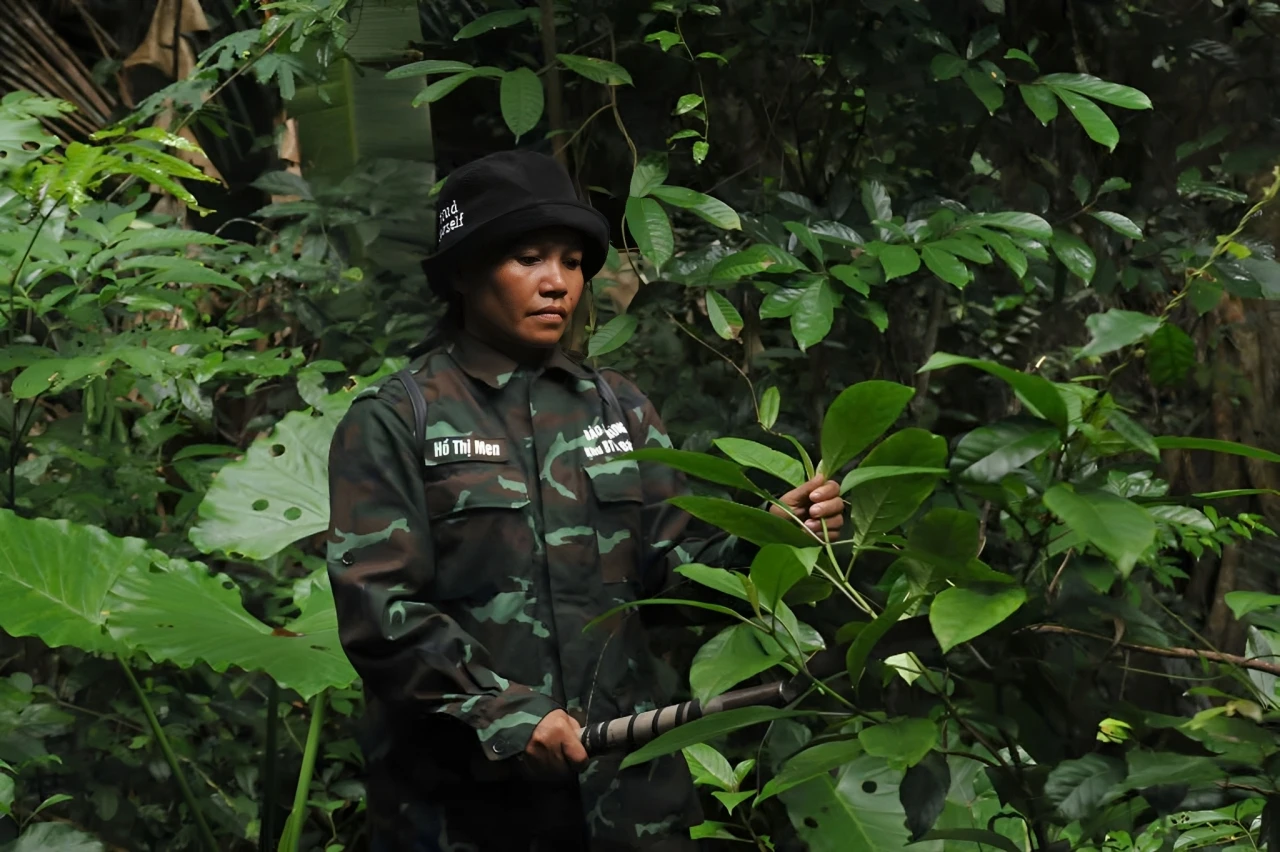

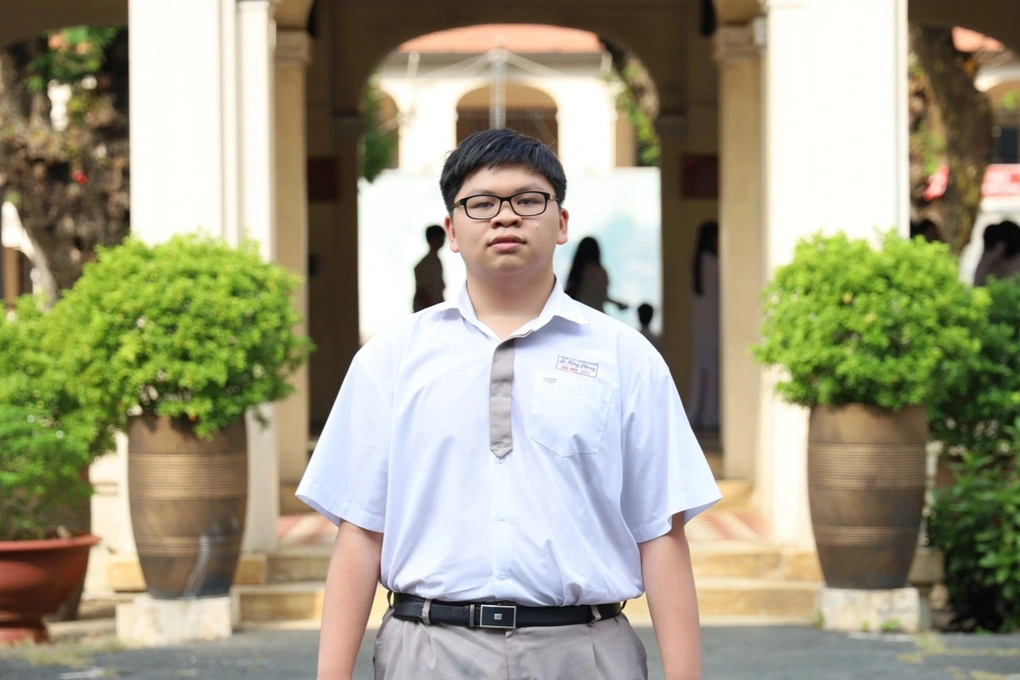









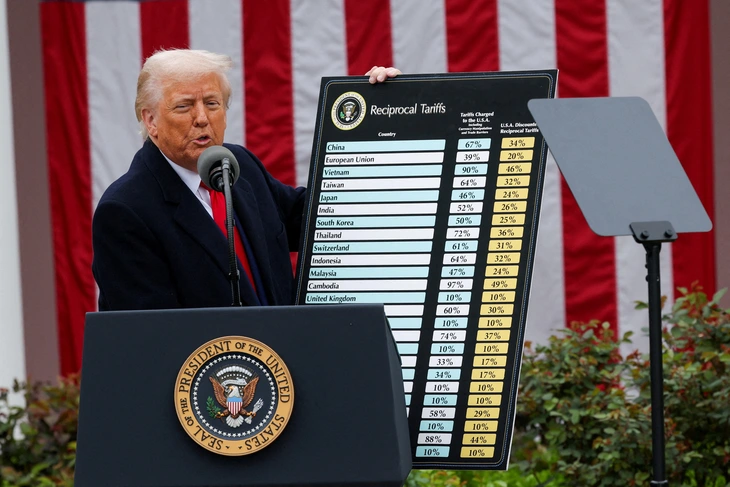
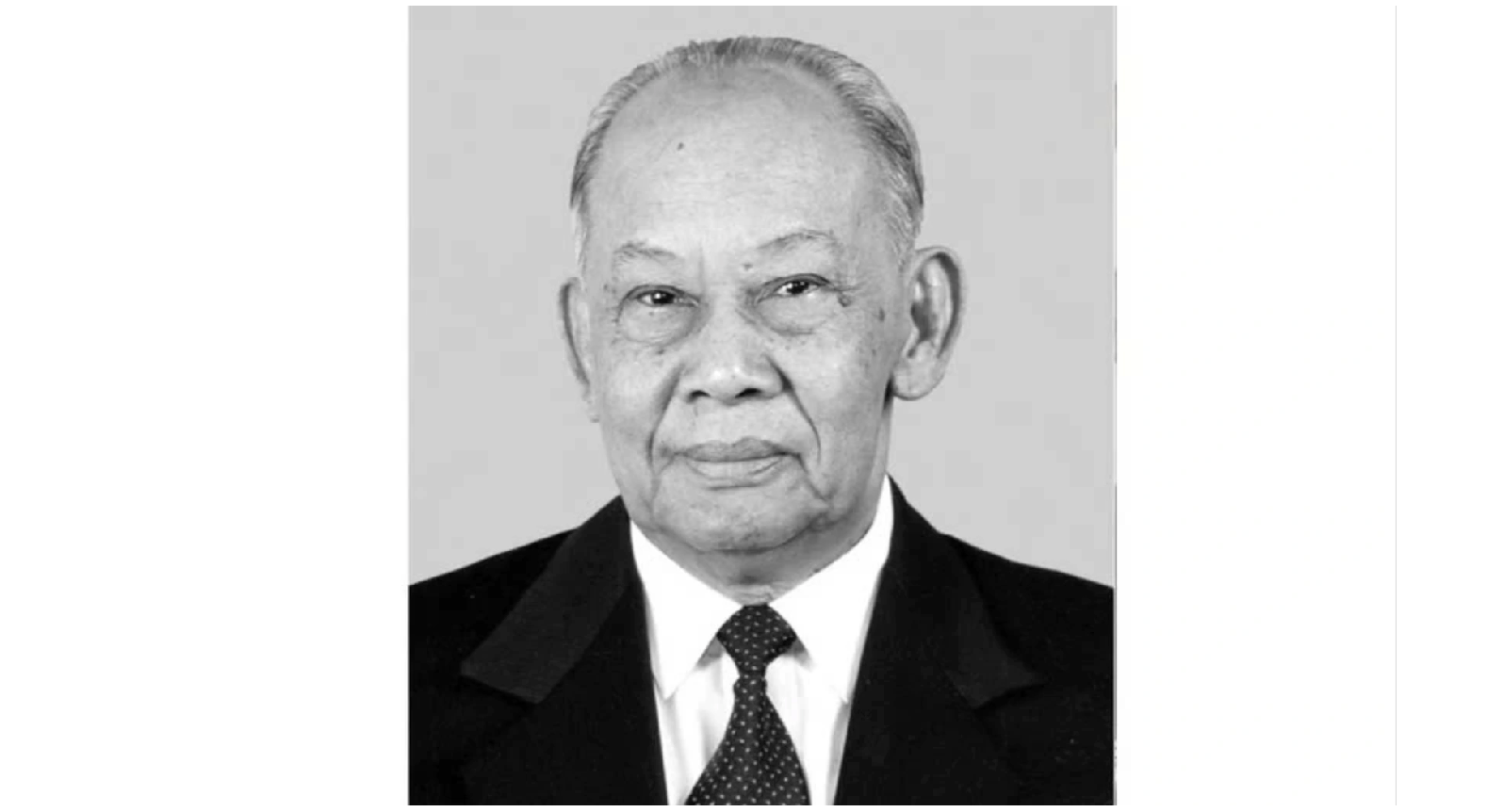
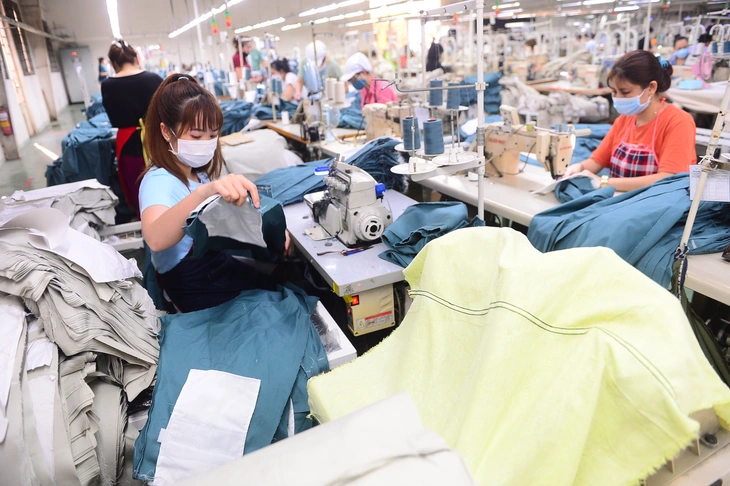


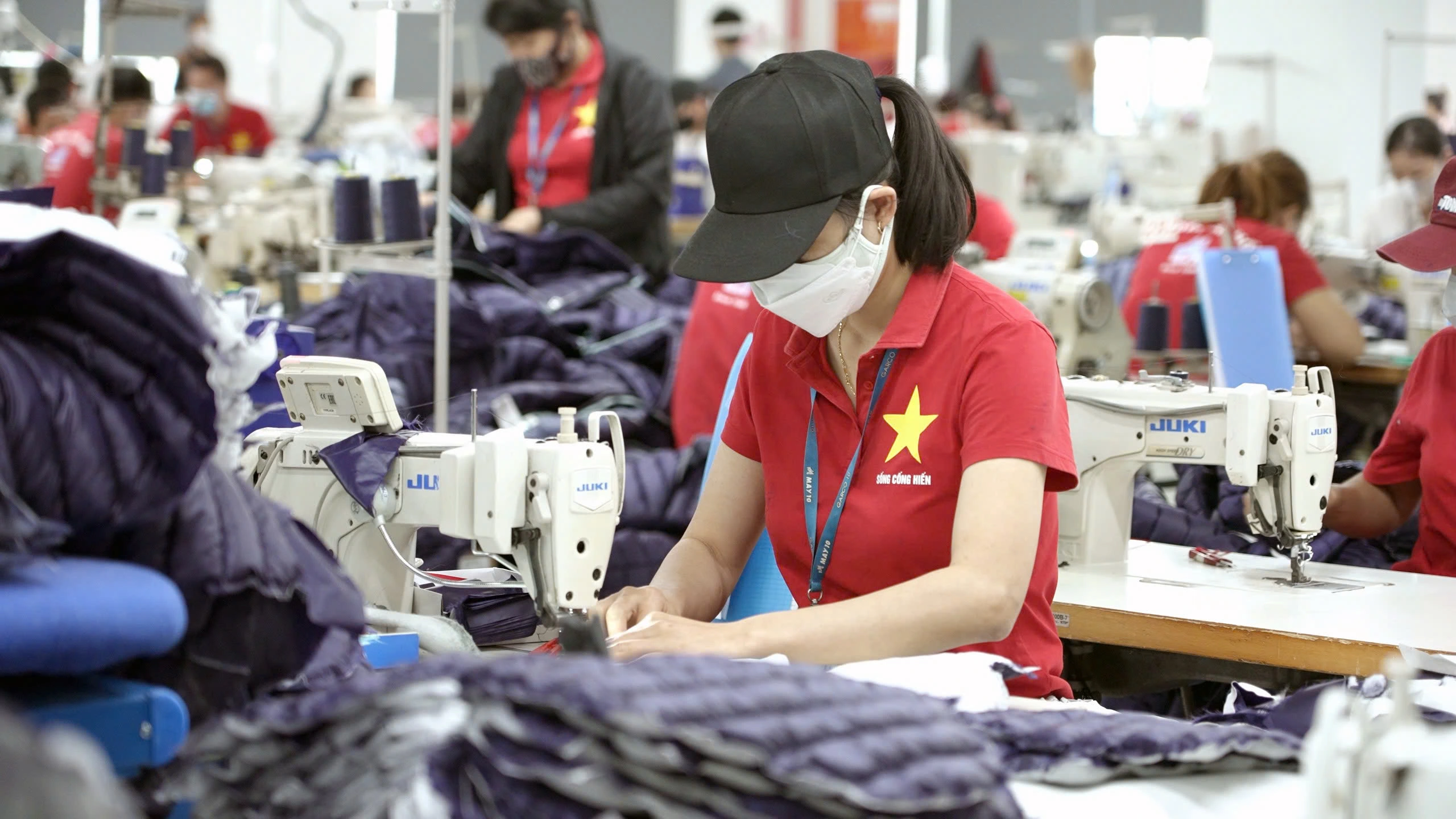


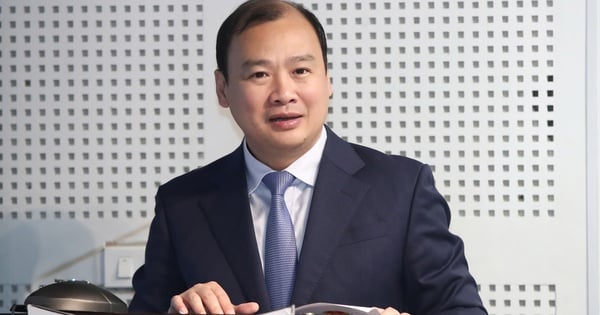

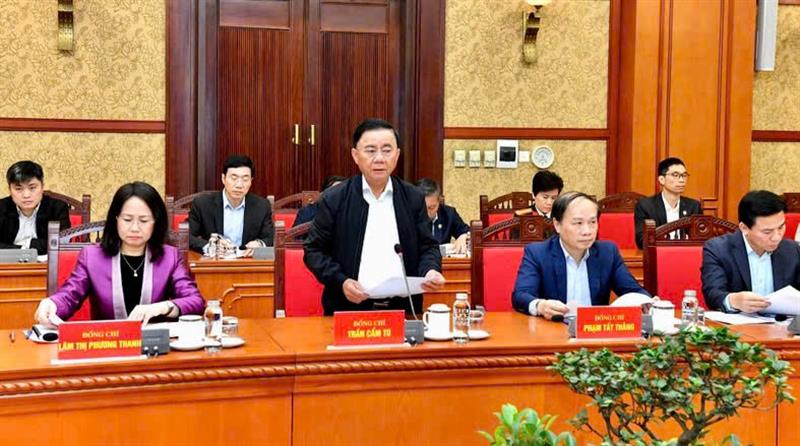



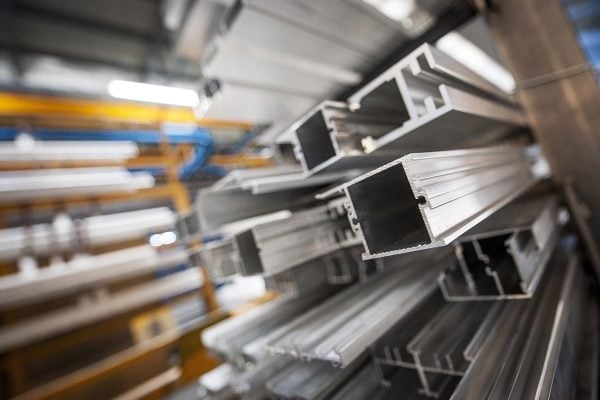
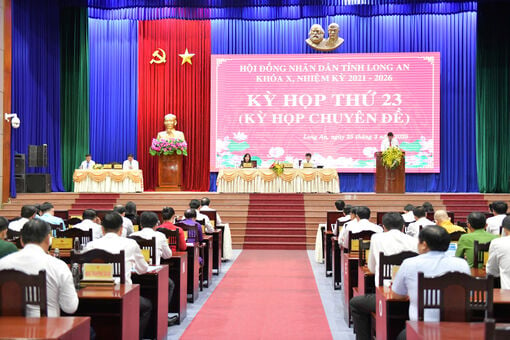
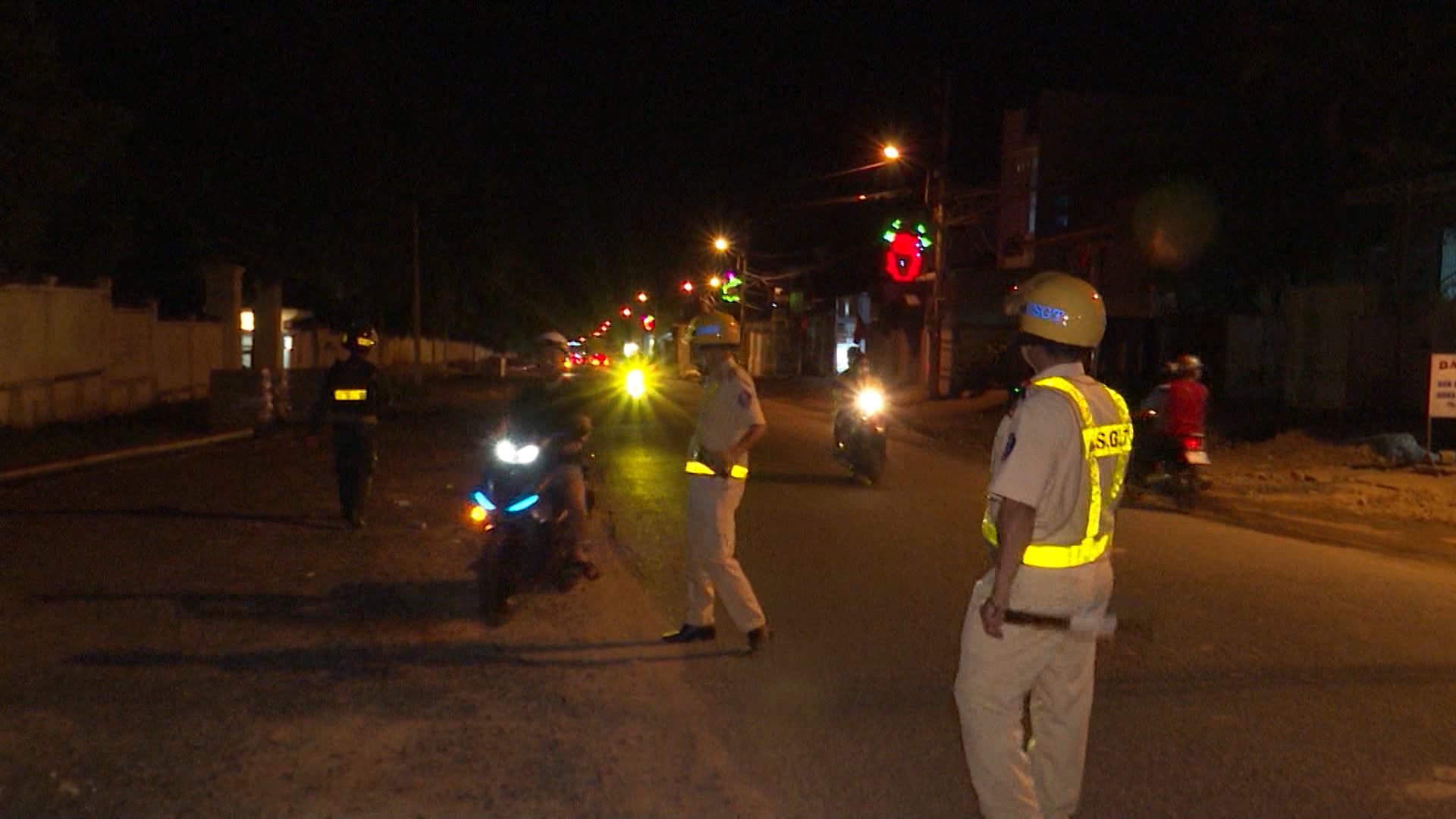


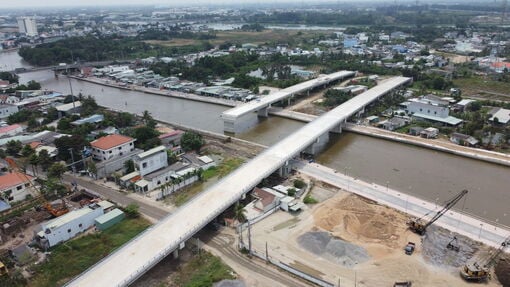
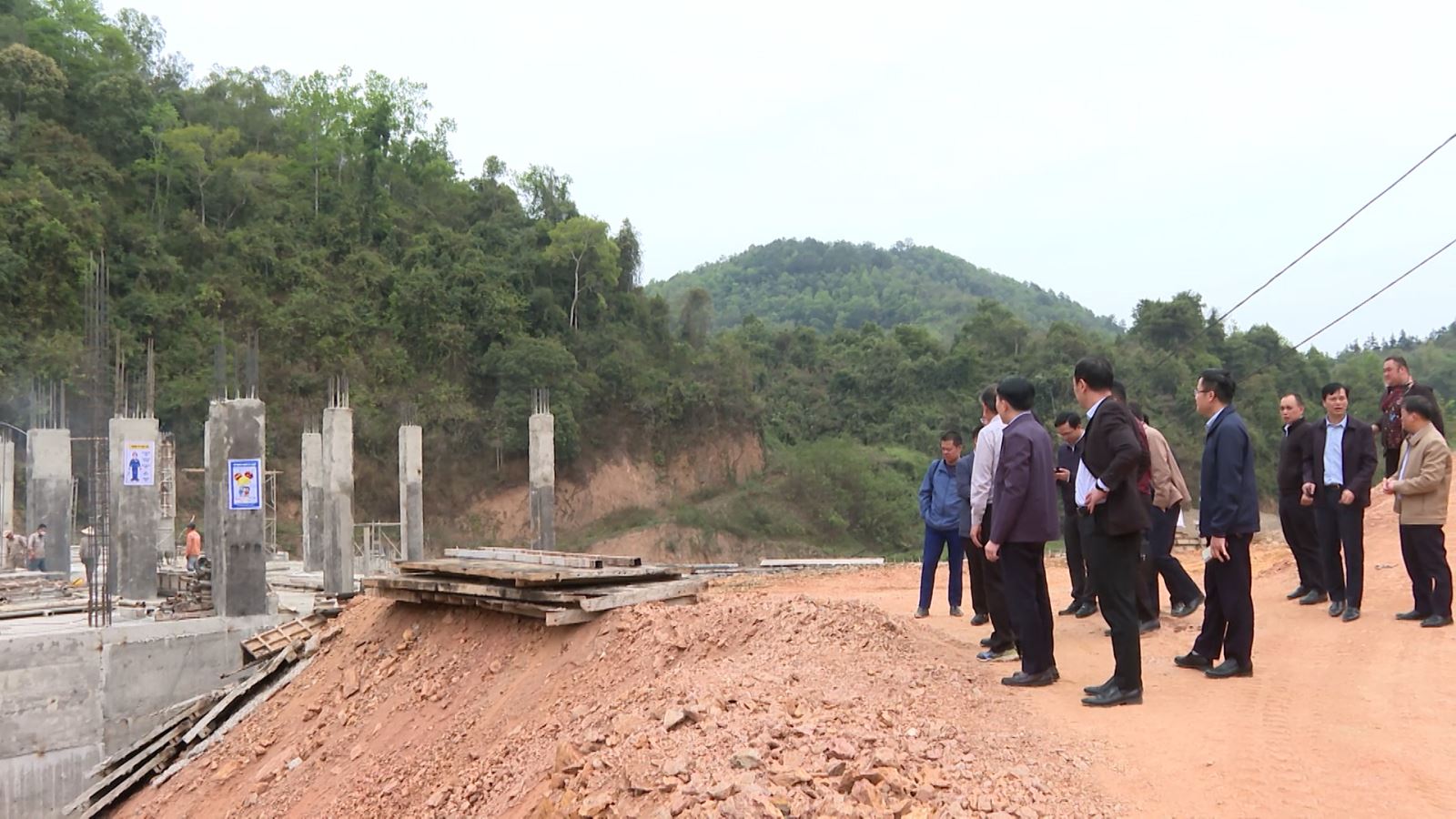













Comment (0)